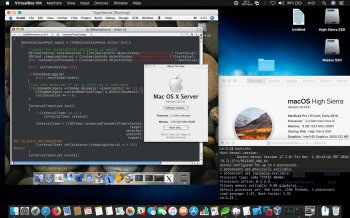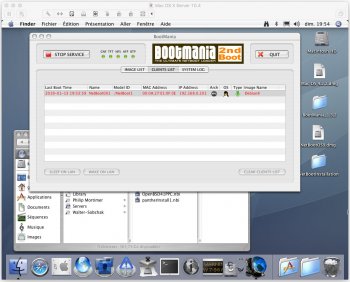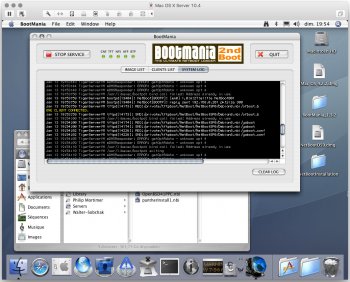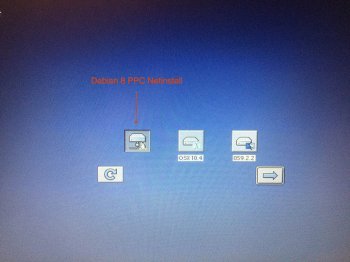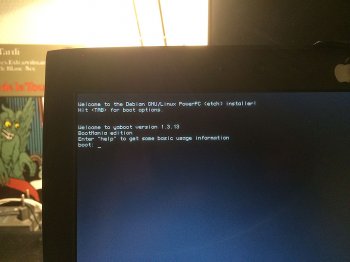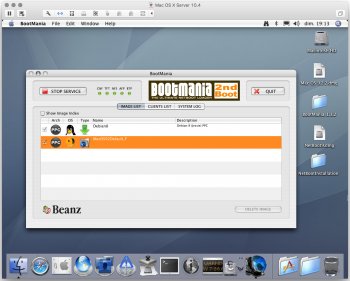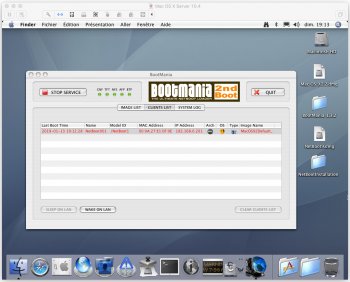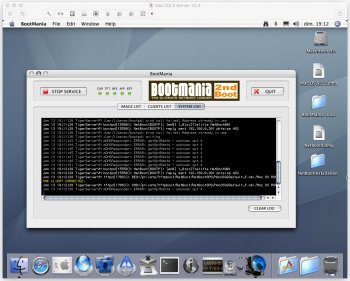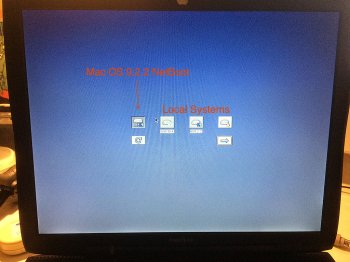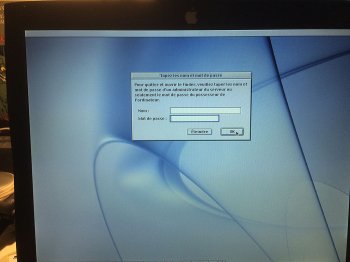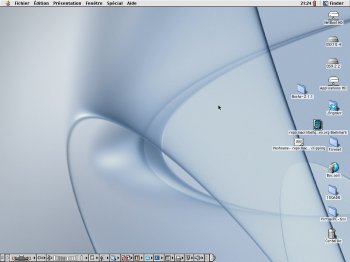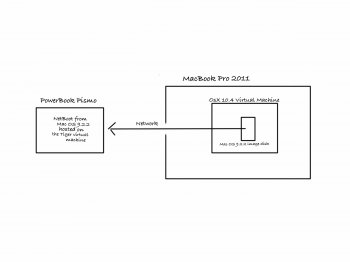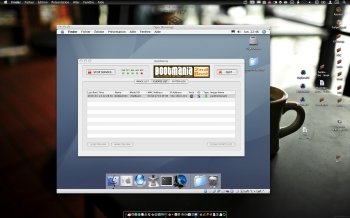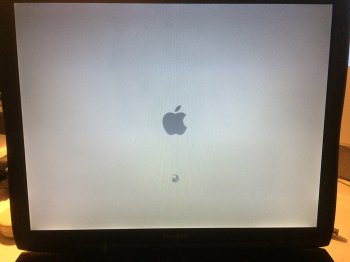There are many ways to emulate a PowerPC Tiger system on modern Intel systems, but virtualization options for (Intel) Tiger are few and far between. VMware Fusion *can* run the Intel version of Tiger Server if you can tame it (10.5 Server was the first officially supported virtualized Mac OS X). However, I found that this solution refuses to work on anything more recent than a Core 2 Duo.
After a little hunting, I came across a solution using VirtualBox:
https://github.com/ranma42/TigerOnVBox/blob/master/README.md
Note that on my MacBook Pro 13" (Early 2011), I found it necessary to omit the last line of the VBoxManage commands which is to "GetKeyFromRealSMC". Once this was unset, Tiger Server booted directly from my existing VMWare Fusion virtual machine's disk image (.vmdk).
Due to the VBox Additions requiring Leopard as a minimum, the display resolution must be set externally using the host's VBoxManage command:
Code:
$ VBoxManage setextradata "VM Name" VBoxInternal2/EfiGraphicsResolution 1920x1080A few pleasant surprises:
- Tiger in VirtualBox is VERY fast. Certainly faster than VMware Fusion and substantially faster than running an emulated PowerPC Tiger via QEMU on the same hardware. For reference, Geekbench 2.2.0 single core results hit 3302 points. It will also run with SMP for putting more cores into Tiger, but I found the little MBP got a bit too hot running like this and for what I need, the single-core performance in Tiger is plenty.
- Boot time: 11 seconds from hitting Start in the VBox window to a ready desktop! (not a saved state)
- Audio works perfectly - No stuttering.
- Networking works as expected (I ran the default NAT option).
- Disk read/write speeds are fast! See XBench screenshot
Known issues:
- Maximum RAM allocation is 4GB - hardly a problem for Tiger though
- The cursor occasionally skips a beat - nothing unbearable, but it is not quite as fluid as expected - try adjusting the tracking speed settings in System Preferences - same goes for scrolling speed, which I slowed right down.
- No Shared folder option between the host and guest systems. To get around this, I enabled "Remote Login" in the host system preferences which enables SSH and SFTP. I then installed my favourite FTP client - Transmit v3.7 (Tiger compatible version from https://download.panic.com/transmit/) to connect and share files between systems.
The major advantage here is that this is a (nearly) free option as Apple have provided the Mac OS X Server 10.4.7 (Universal) Build 8K1079 image as a free download for registered developers.
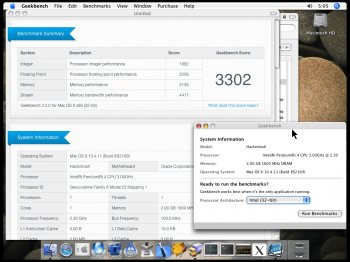
(Screenshot of the Geekbench 2.2.0 32-bit score - single core)
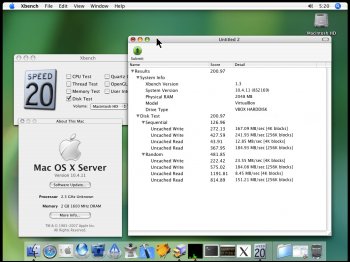
(Screenshot of Xbench disk test results - It's Fast!)
-----
And now a little backstory on my desire to run Tiger on a modern Mac...
I have been quietly working on a backwards-compatible software project in Xcode for the past year or more and have found myself relying heavily on my PowerBook G4 12" with its Mac OS X 10.4.11 environment for running Xcode 2.5.
Normally, this poses no issues as I take my little 12" PowerBook on the road each day and find myself powering through countless hours of coding on the old Mac. The PowerBook G4 is a pleasure to work on with its unsurpassed edge-to-edge keyboard design, concave caps and plenty of key travel. I usually pack two fully charged batteries and swap them out by early afternoon for a full day's work.
However, in my interstate travels over this holiday period, I decided I would take only one portable Mac with me which could also provide a modern web development environment. So, the PowerBook G4 12" stayed at home and a MacBook Pro 13" (Early 2011), which I recently scored for a song, came with me.
The MBP is now singing happily with the last supported version of macOS High Sierra (10.13.6), 8GB of RAM, a 256GB SSD and a new battery. Before I packed for my flight, I installed VMWare Fusion and copied an existing "Mac OS X 10.4 Server" virtual machine from my Mac Pro, ready for some old-school Xcode.
After the first stop on my trip, I tried firing up the Tiger VM to load in my Xcode project on the MacBook Pro. I discovered that the Tiger Server VM would kernel panic at boot in VMWare Fusion (v8.5.10). I haven't had this problem on either my Mac Pro (Early 2008) or iMac C2D (Late 2009) with the same VM.
Reading through the kernel panic, it looked like the CPU registers which Tiger was looking for just didn't click with the Core i5 CPU in the MBP (something the Xeon and the Core 2 Duo were both comfortable with). Remembering that for the most part, the Hypervisor which is utilised by software like VMWare Fusion is relying heavily on the capabilities of the host CPU.
I tried and failed to get QEMU to boot the converted VM and tried a few things with VMware Fusion before finding the instructions for VirtualBox posted above.
When I return home, I will try running with a light(er)-weight client version of Tiger.
( Posted from stock Safari in Tiger
Last edited:


